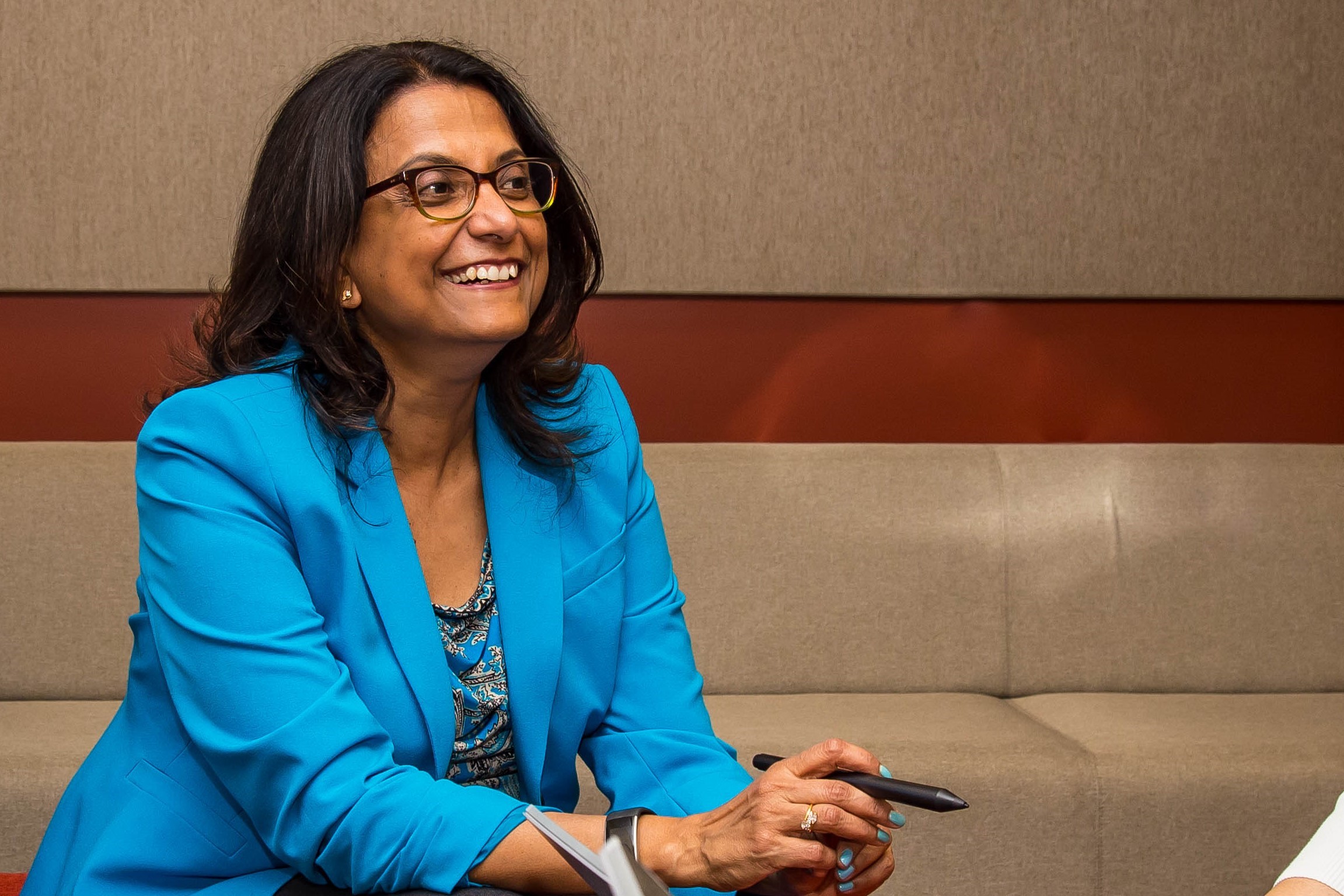Back in high school in India, I had no idea that data science could save lives.
I wanted to be a doctor because I wanted to make a difference. And, what better way to make a difference than by saving lives?
That was my thinking until they told me I would have to cut up cadavers to become a doctor. That ended that. I would become a statistician and other people would be the ones who would make the ultimate difference by keeping us all alive.
Or so I thought.
Now I know better. I shouldn’t have overlooked the power of data to solve problems and find solutions.
Thousands of people die every year from a common, but devastating, bacterial infection they get when hospitalized. It’s called Clostridium Difficile 101 (or CDIFF for short). In the United States alone, around 500,000 people are infected every year and, of those, 29,000 die from it. Many more succumb to the disease around the world.
It’s an ugly infection, putting the most vulnerable at risk of dying from dehydration brought on by seemingly endless bouts of diarrhea. People get infected when antibiotics wipe out their good, infection-fighting bacteria. The elderly, young, and those with compromised immune systems are most at risk. But anyone can get it.
So how are data scientists like those on my Data and Decision Sciences team in Microsoft IT able to help?
We’re working with hospitals to predict when a patient is at risk of being infected by CDIFF. That might sound simple, but knowing the answer to this question can help hospitals take life-saving precautions to help at-risk patients.
When a patient is brought into an Emergency Room, we use artificial intelligence-driven modeling to assess their risk. This assessment scores them on how likely they are to get infected by CDIFF and, if they are likely to get it, how likely it is to lead to death.
It scores them for age, medical history, antibiotics usage, and a long list of other factors. We’re working with two hospitals in the Midwest region of the United States to refine our model. And, using old data, we’re right 85 percent of the time. That number is gradually climbing as we pour more data and insights into the model, allowing it to learn and become more accurate. We’re hoping to get it into the mid- to upper-90s percent range and then make it broadly available for all hospitals to use.
Assessing an individual person’s risk enables hospitals to adopt procedures for taking care of these high-risk patients, costly precautions that can be reserved for those at the most risk.
But there is a human side too.
CDIFF is spread easily. Say, for instance, when patients are casual with their hygiene, or when hospital personnel do not remember to wear fresh gloves or wash their hands as thoroughly or as regularly as they should. The story changes, however, when you can look at a patient’s chart and see that she or he is at “high risk” of dying if you aren’t as vigilant as possible. It’s human nature for people to do everything they can to protect that person.
And by now you are probably wondering: if data science can help hospitals fend off CDIFF, what else can it do?
Lots.
We’re working with other hospitals to find other ways to help them save lives. Some of the things we’re working on are not as exciting. For instance, forecasting when a hospital will run short on beds is dry stuff, but it can be crucially important when it comes to making sure there are enough of them available during a crisis. Also not flashy is predicting which patients are going be re-admitted for the same problem in less than 30 days. Nonetheless, getting ahead of these re-admissions can save hospitals millions of dollars and keep patient costs down.
We’re working hard to find new ways that data can do what I once thought was impossible, to save lives, and as you can imagine, lots of other cool stuff.
Learn more about the power of data analytics and machine learning by reading about how we’re using data to help save kids who are in danger of dropping out of school and how we are using data to help manage our buildings at Microsoft. If you want to know how you can do these kinds of things at your company, read about how I started my role at Microsoft and how I built my analytics team.
Sarmila Basu is Senior Director, Data and Decision Sciences at Microsoft and is based at the company’s headquarters in Redmond in the U.S. state of Washington. She was born and raised in India’s third largest city, Kolkata (formerly known as Calcutta). She came to the United States 30 years ago as a postgraduate student and completed a Ph.D in Economics. Her parents still live in Kolkata and she visits there once a year. Sarmila is also president of the Seattle-based not-for-profit group, People for Progress in India. It helps grassroots organizations there in areas such as sustainable agriculture and the use of bio-sand filters to make drinking water available in remote villages, particularly in the south and west of the country. It also supports education and training programs for marginalized segments of society. You can read more about its work here. And, you can read more of Sarmila’s blogs here.





